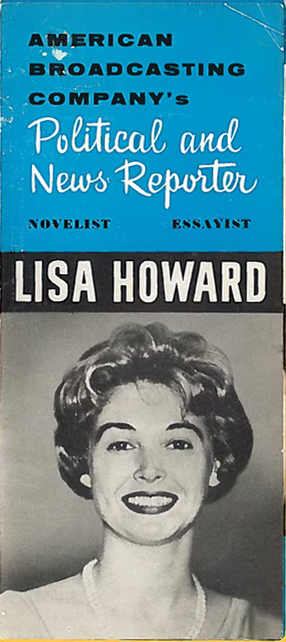In this US Army intelligence and security review, it is clear that the United states was participating in the activities that its critics claimed them to be partaking in – the political maneuvering to gain and maintain allies while ensuring that they could have a close eye on their perceived enemies. Alexander Dawson states that for major players of the time, “That their force was felt indirectly, in some ways channeled through U.S. politics.” That it, “alerts us to their capacity to move beyond the traditional spaces of political struggle.” To continue to work towards their containment policy, the United States would set the stage in such a way as to allow them to observe and disrupt the activities of places under the influence of the Soviet Bloc. There is very little doubt in my mind that postwar soviets were likely doing the same thing right back. As Dawson puts it, Latin American Countries “were among the central sites for the proxy battles of the cold war.”…”both the United States and the Soviet Union, both superpowers intensified the volatility of already polarized nations”.
These maneuvers to sway other nations as a sort of meta-politics are documented in the now declassified US Army intelligence and security report for the 1978 fiscal year. In it are short concise statements about the accomplishments of the intelligence units in that year, context for their operations, and plans for the future. This specific year’s issue is of importance because it shows how the overtly well-meaning gesture of a treaty for the Panama Canal was handled from the intelligence and covert operations perspective. This would be the Panama Canal treaty between US president Jimmy Carter and Panama’s leader General Omar Torrijos, to transfer control of the passage to Panama. Talks of behind the scenes activities during negotiations, aerial espionage, and clandestine operations all can be found within the document. The document states – “As in FY 1977, activities surrounding the process of approving the new Panama Canal Treaties dominated the operational scene during FY 1978”. The primary focus of US intelligence operations during these times was to have the upper hand in Latin American dealings.
To start, on page 126 of the document are accolades given to an intelligence unit for their “timely, accurate, and important information” claiming that whatever that information was, it allowed US negotiators to “bargain from an advantageous position”. In essence, this means that they are recognizing the intelligence unit for providing such compelling information, that negotiators were able to leverage it for their favor. The second portion touches on the “Mini-camera of the 470th MI Group”. The revelation here was that inconspicuous planes were to be used on inconspicuous flight paths while secretly reconnoitering. The statement claims that Venezuelan aircraft were staged in support of Nicaragua’s Sandinista rebels. These Sandinistas would later go on in the next year overthrow their dictatorship. The final and most interesting aspect of this intelligence analysis are the statements on development of “a new, deep-cover HUMINT (human intelligence) element which would operate under clandestine collection projects”…“pertaining to Soviet Bloc activities in Latin America”. The US had no plans of distancing itself from Latin America, instead seeking to further entangle itself in Latin American conflict.
https://nsarchive.gwu.edu/dc.html?doc=4895708-Office-of-the-Deputy-Chief-of-Staff-Operations
(pages 126 & 127)



